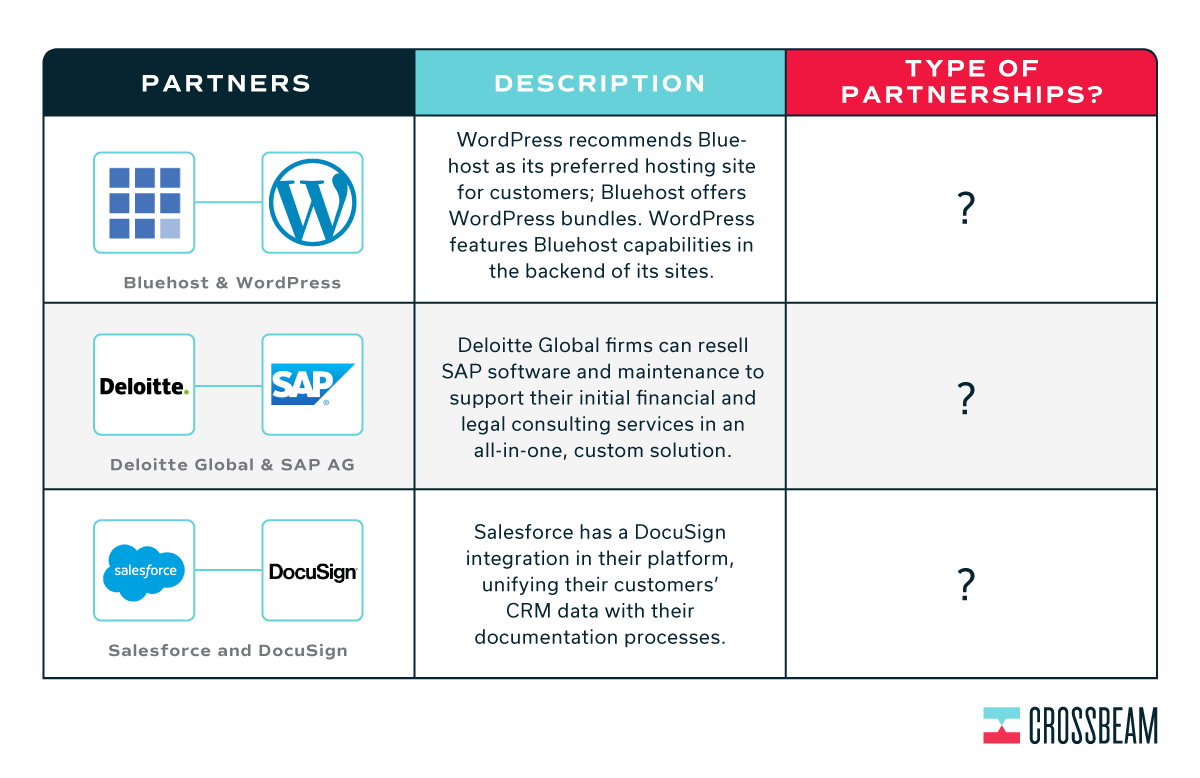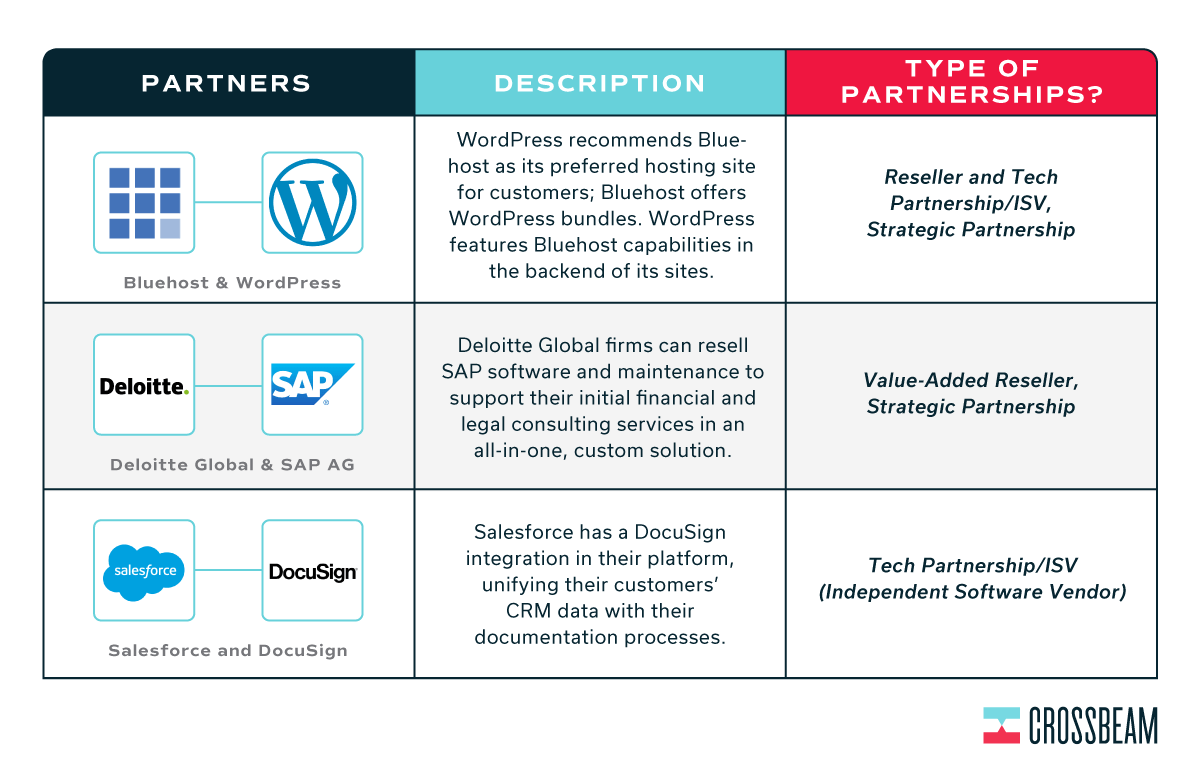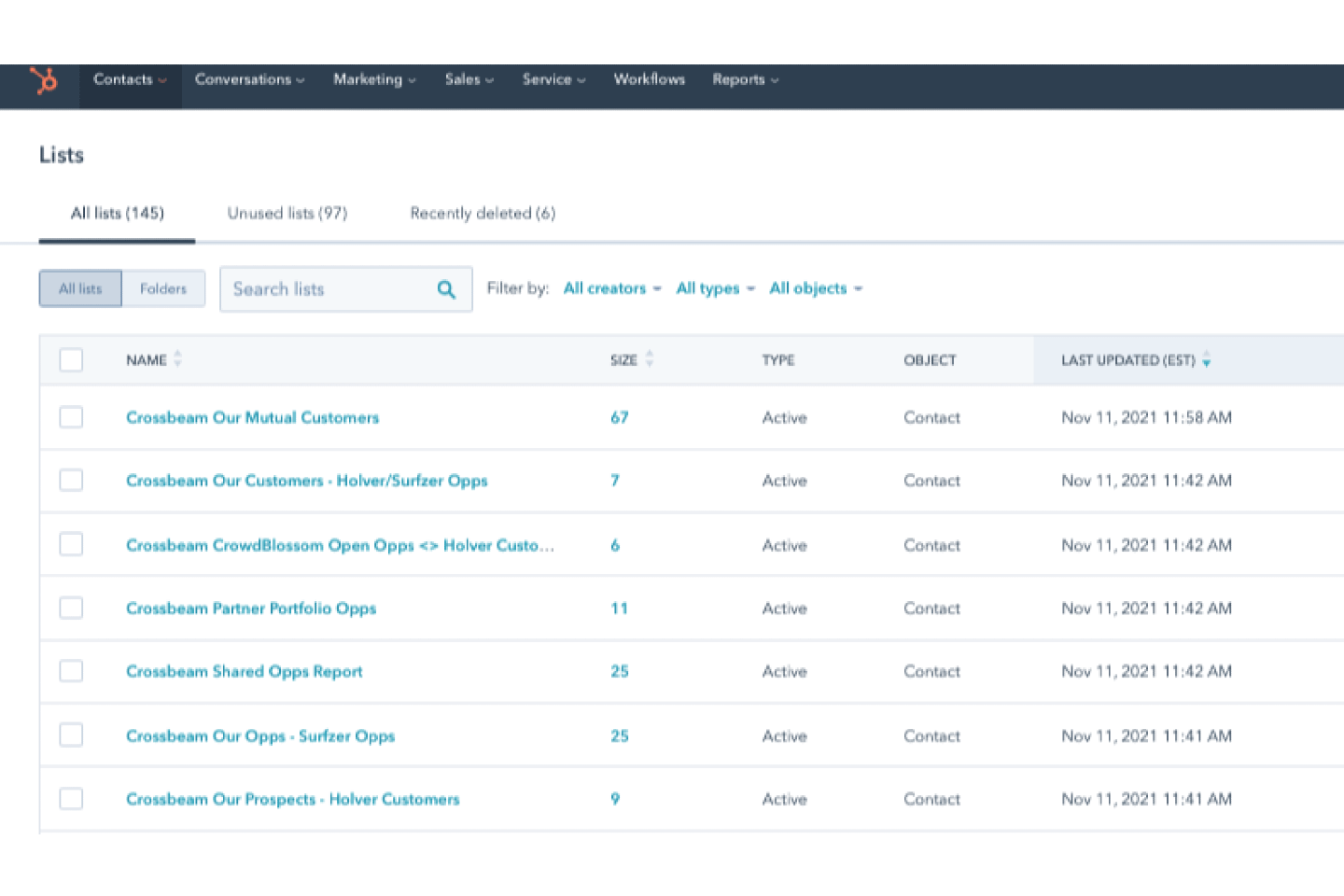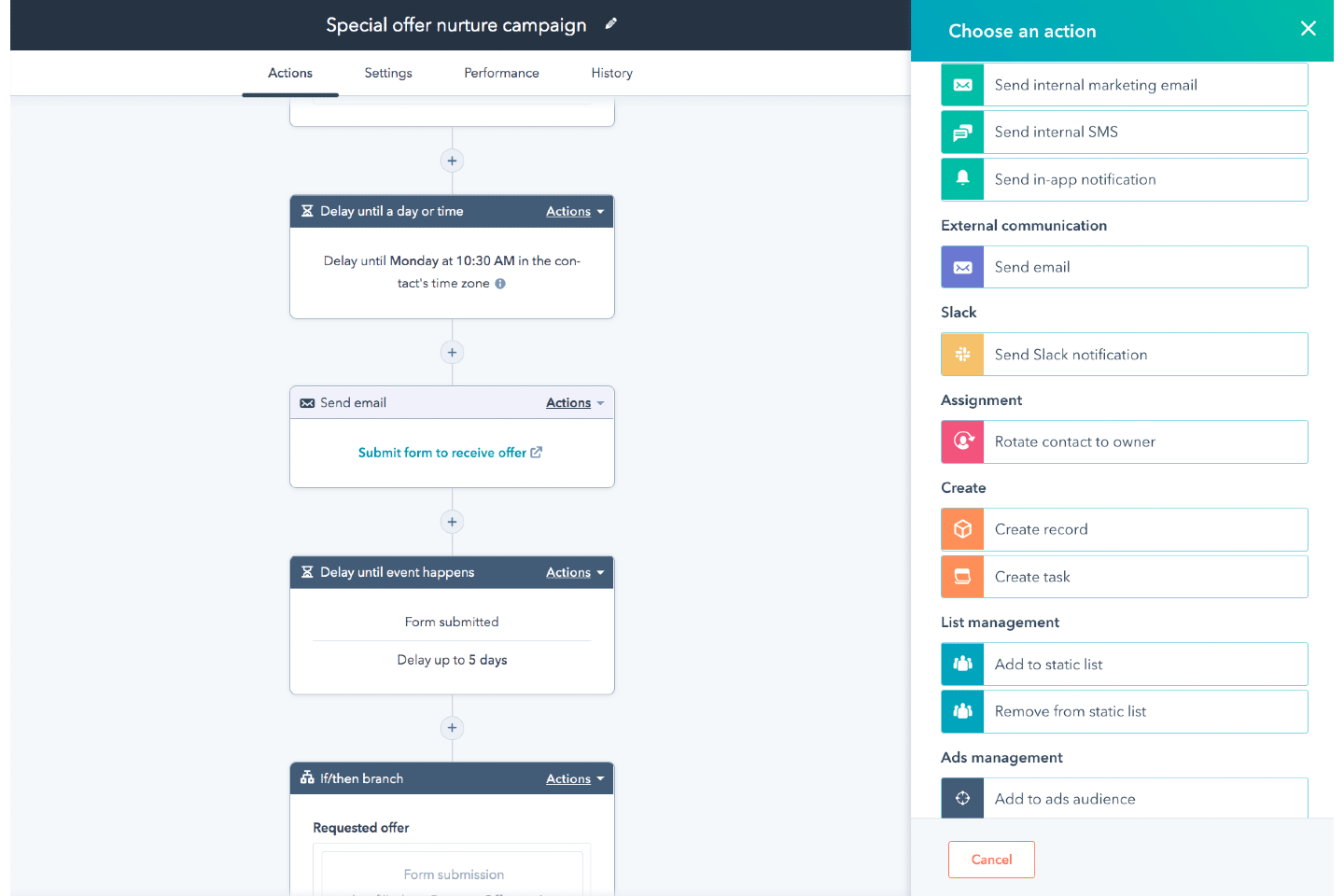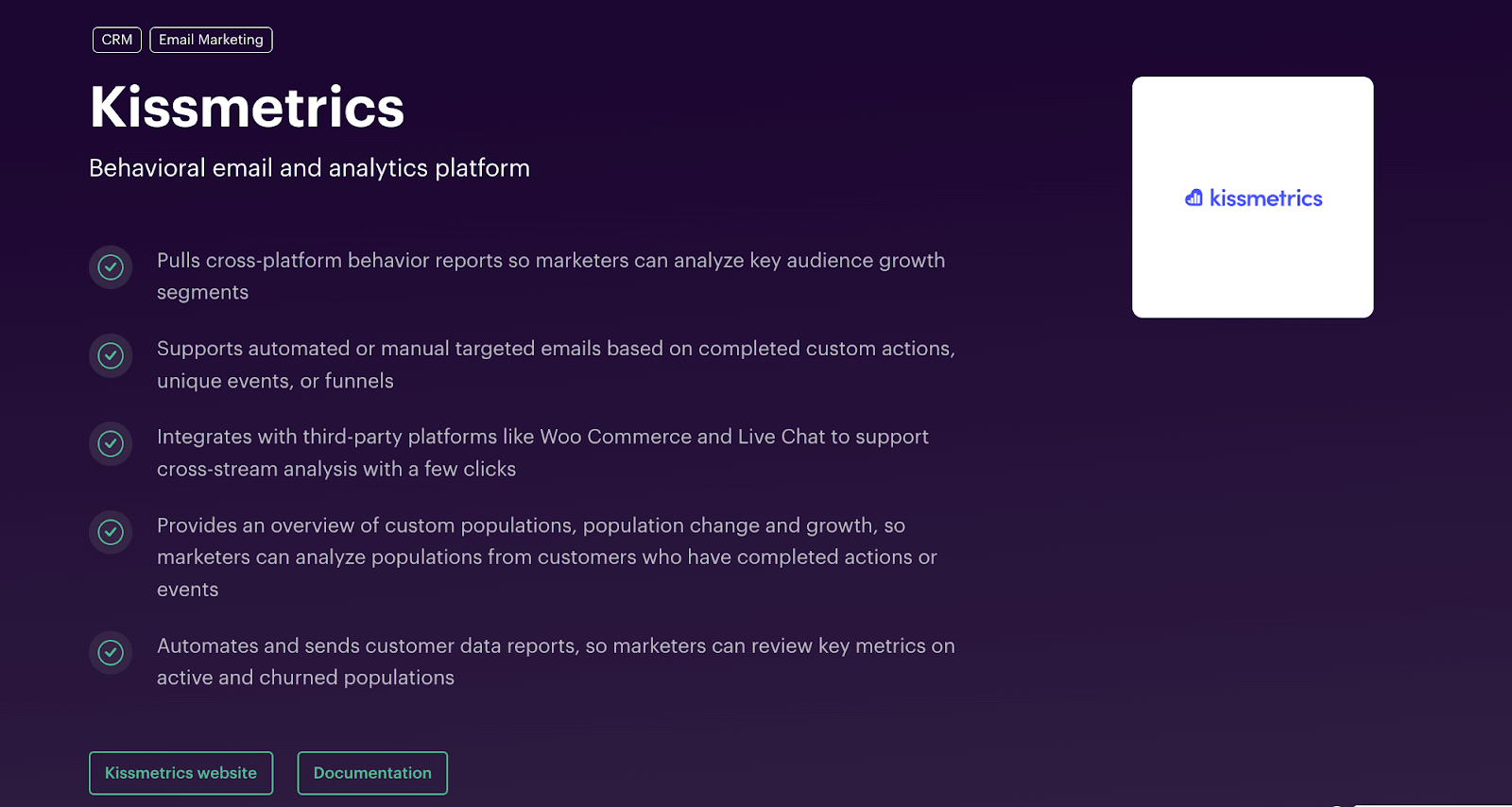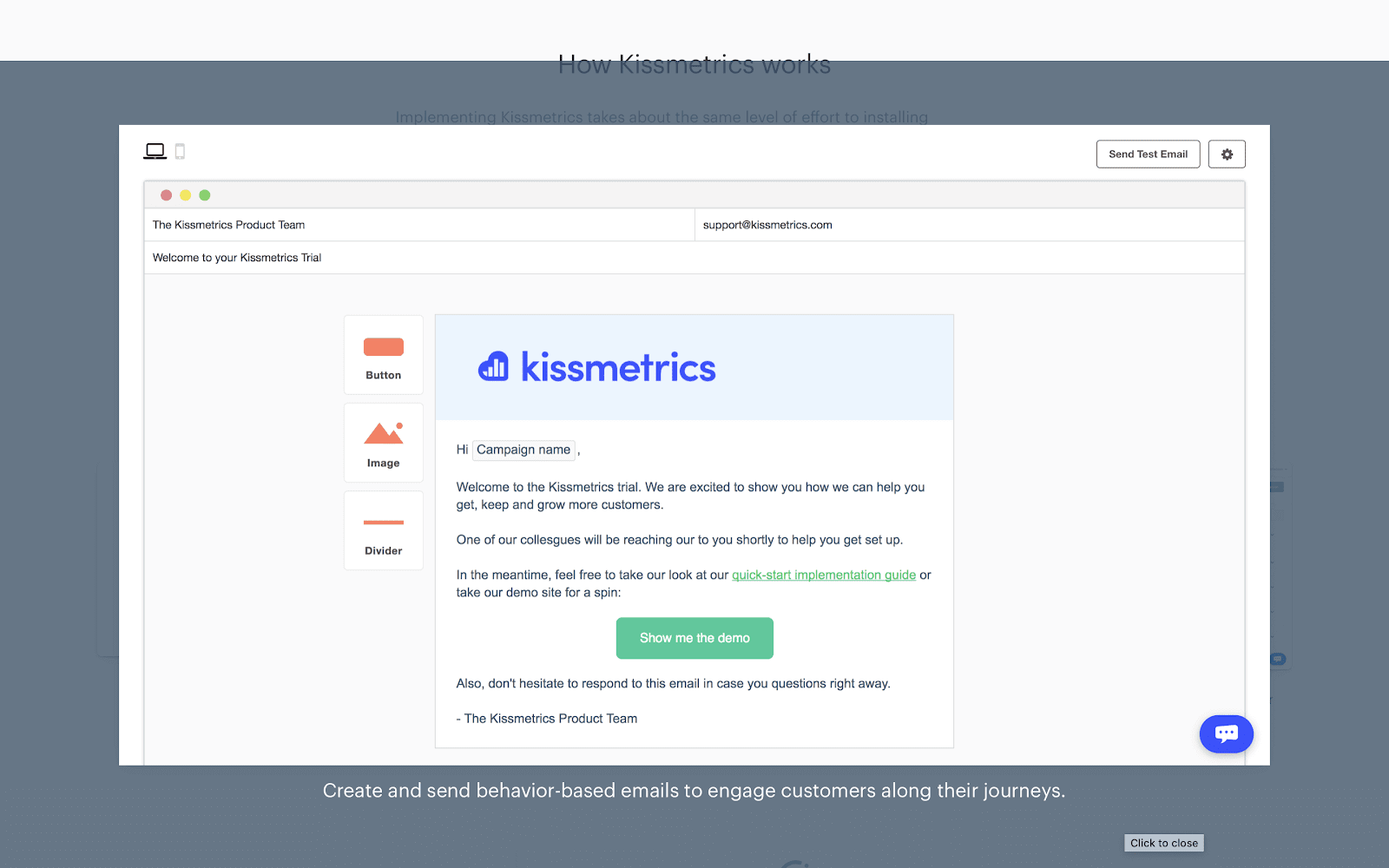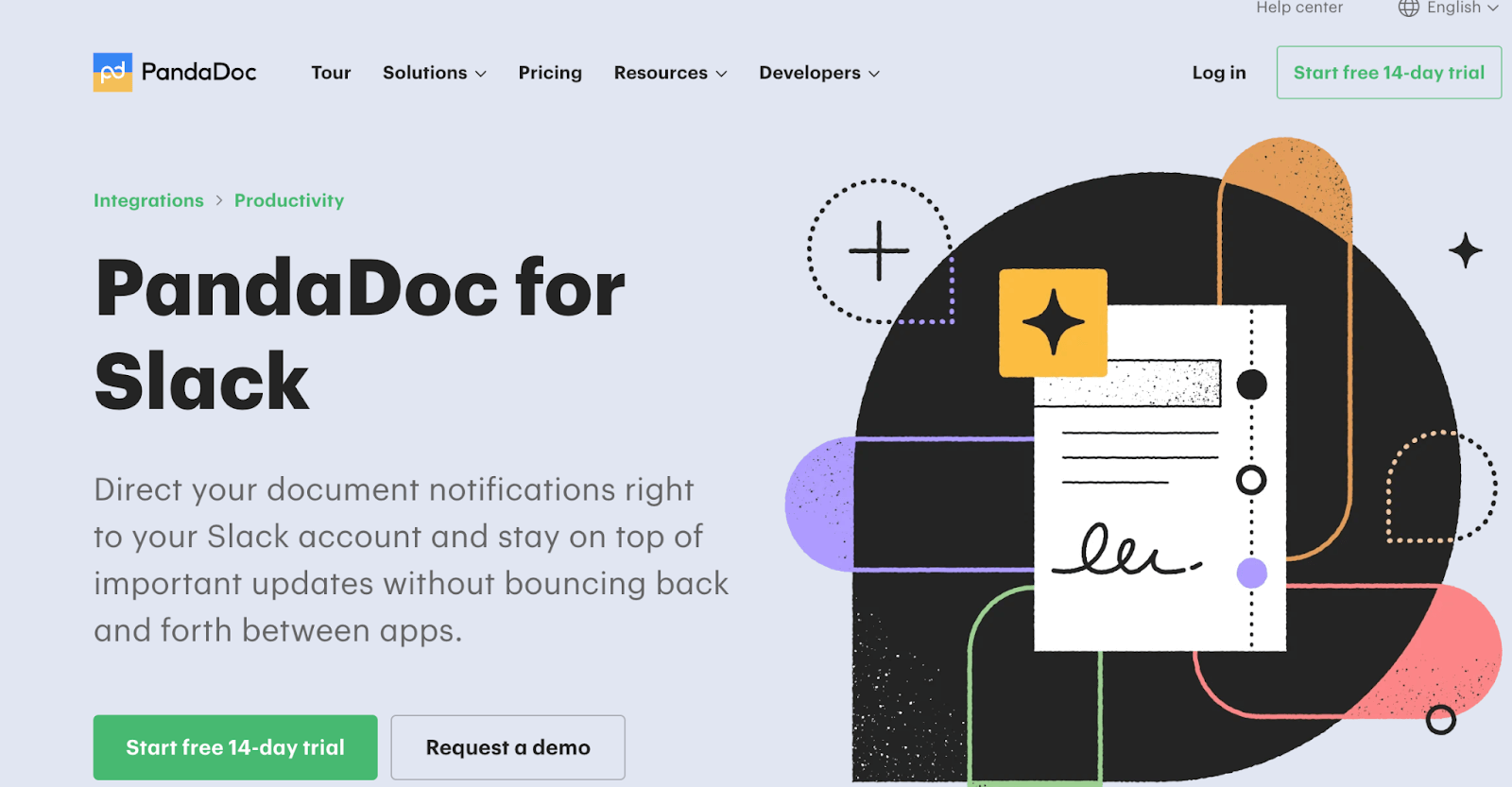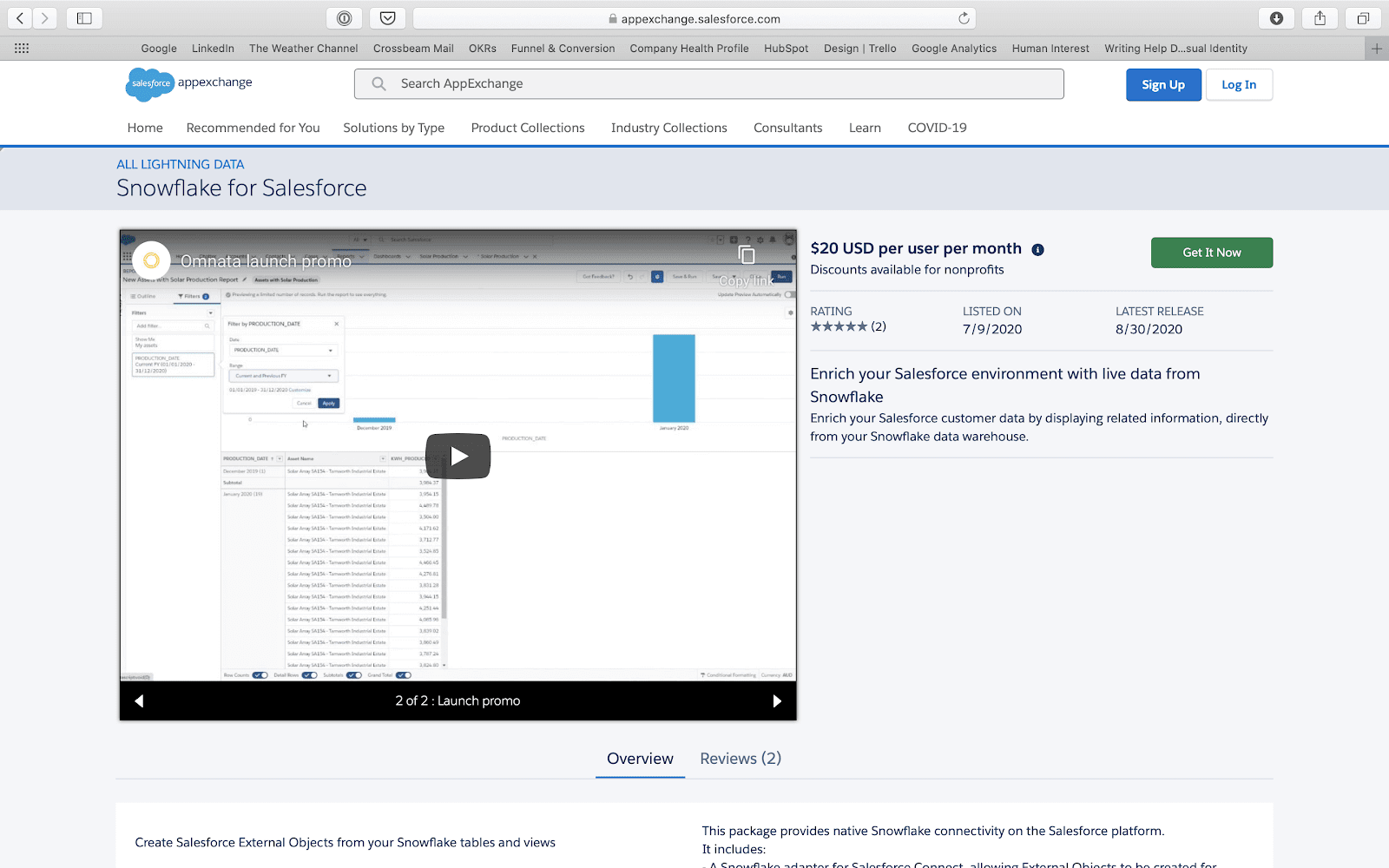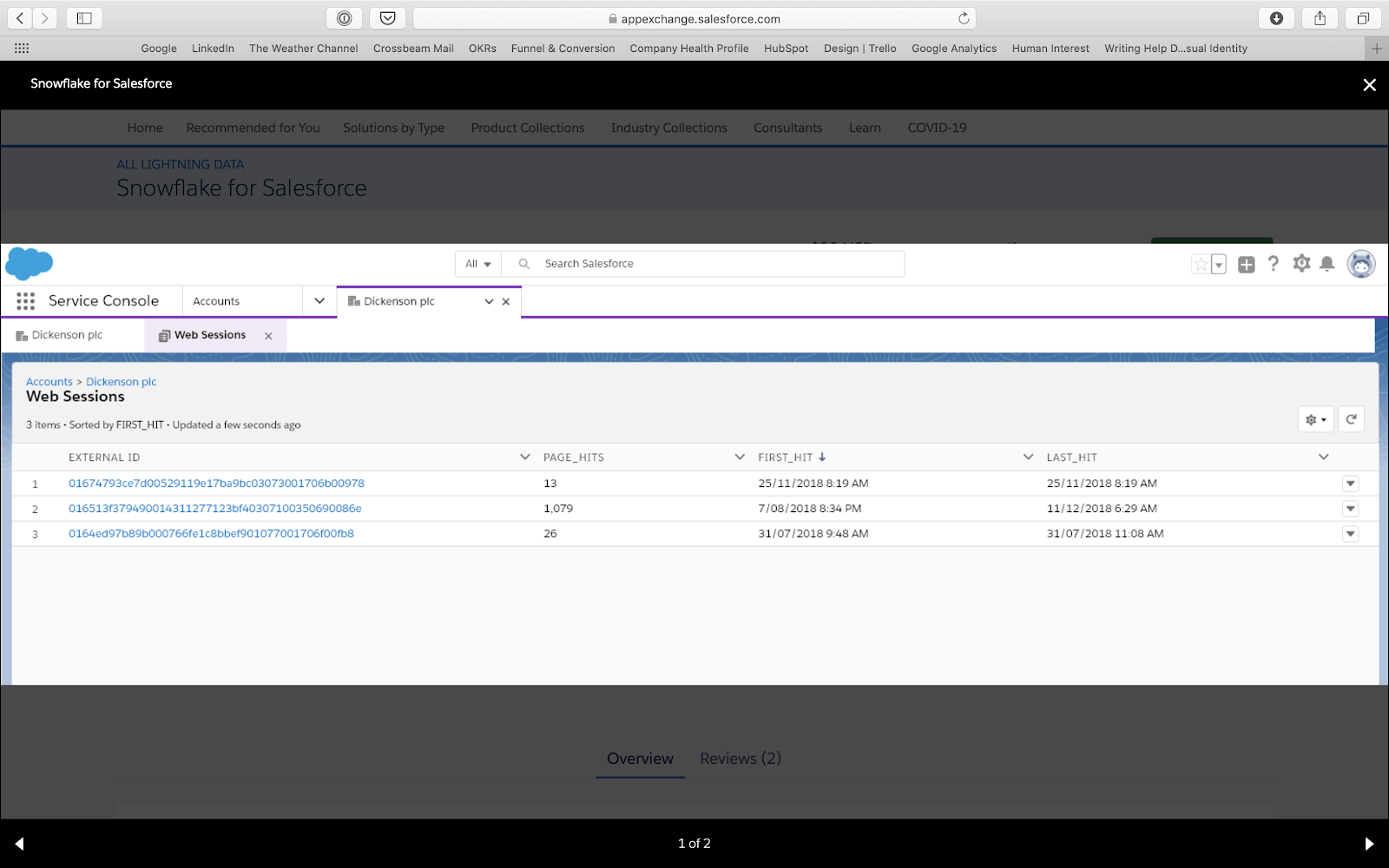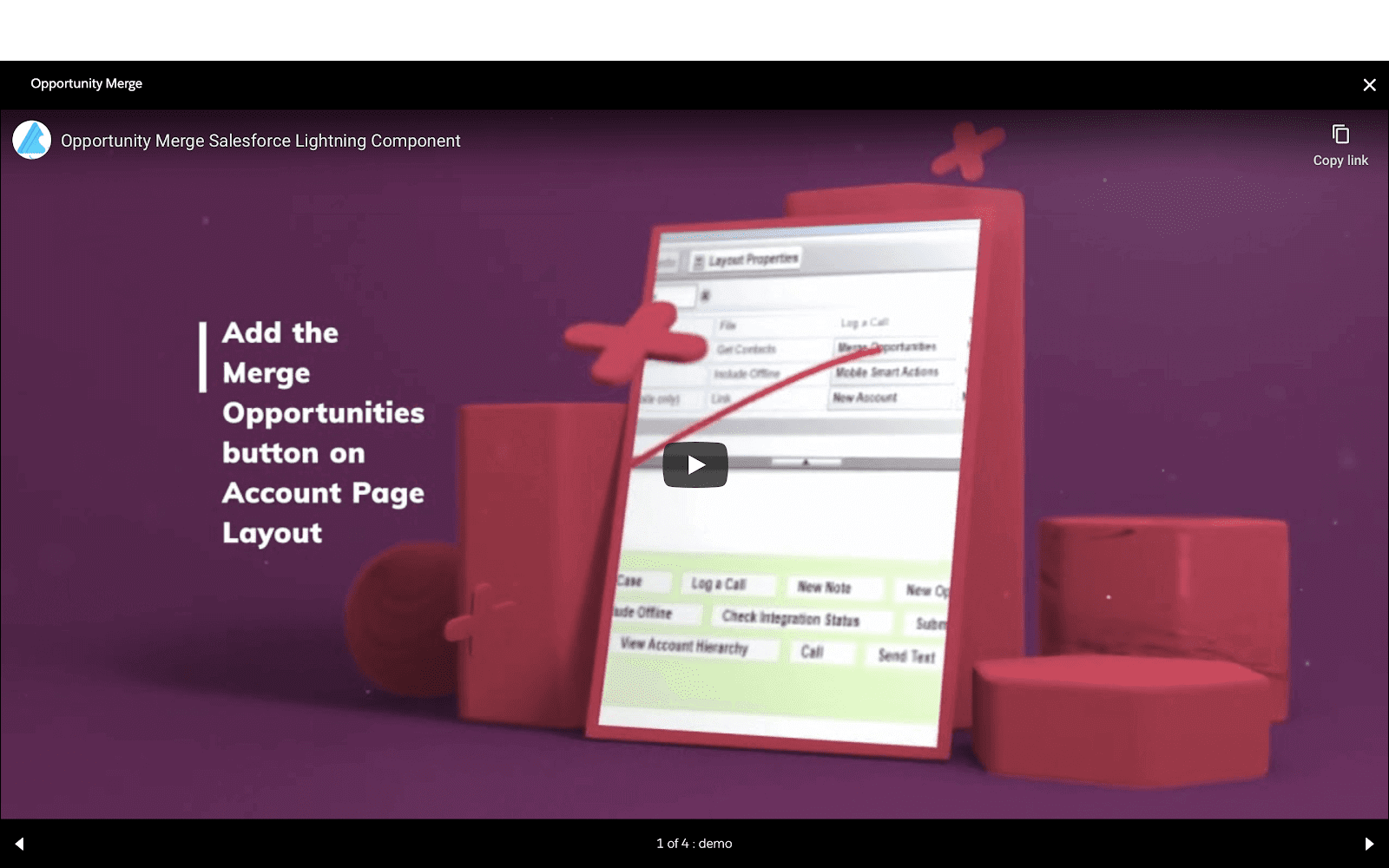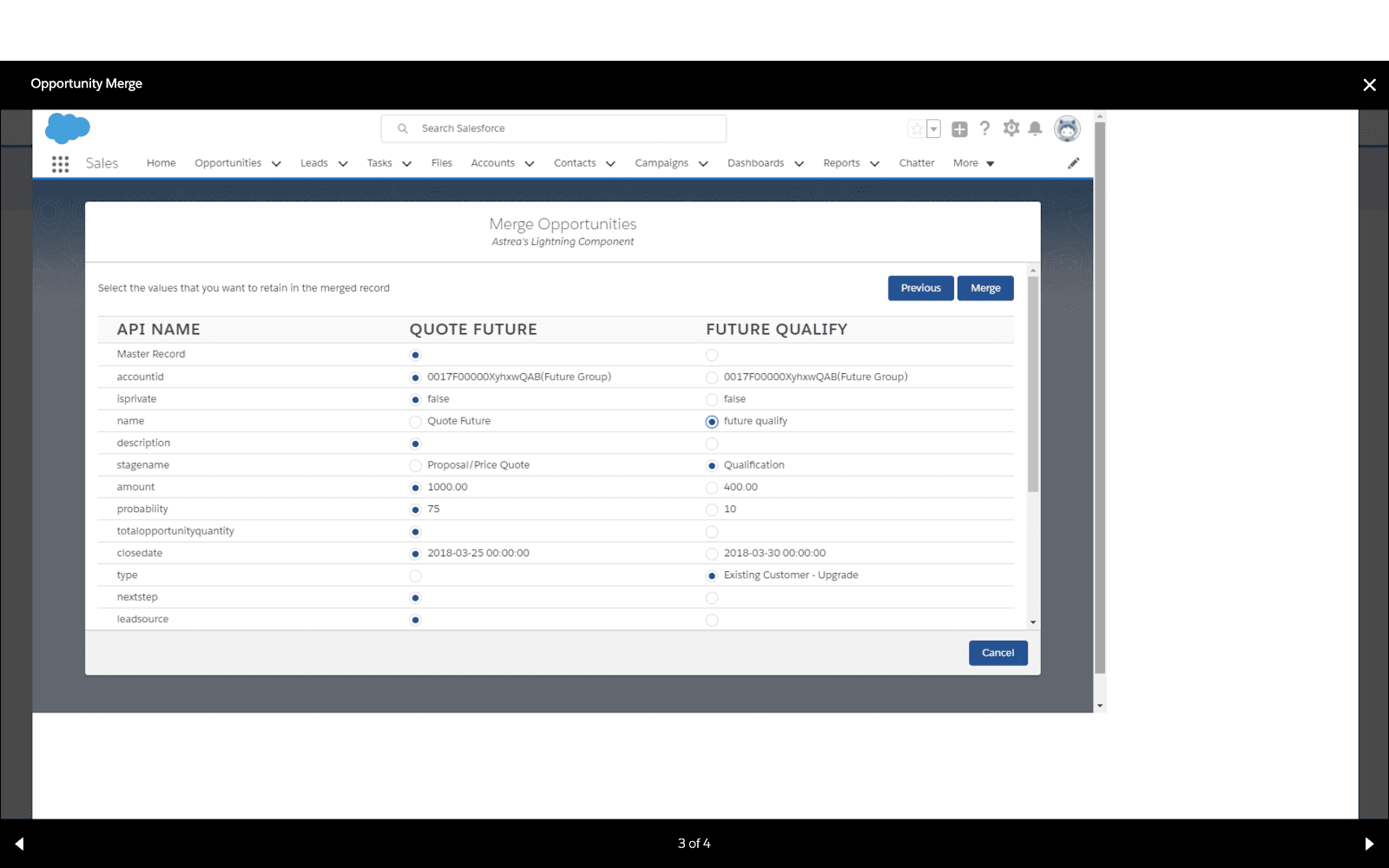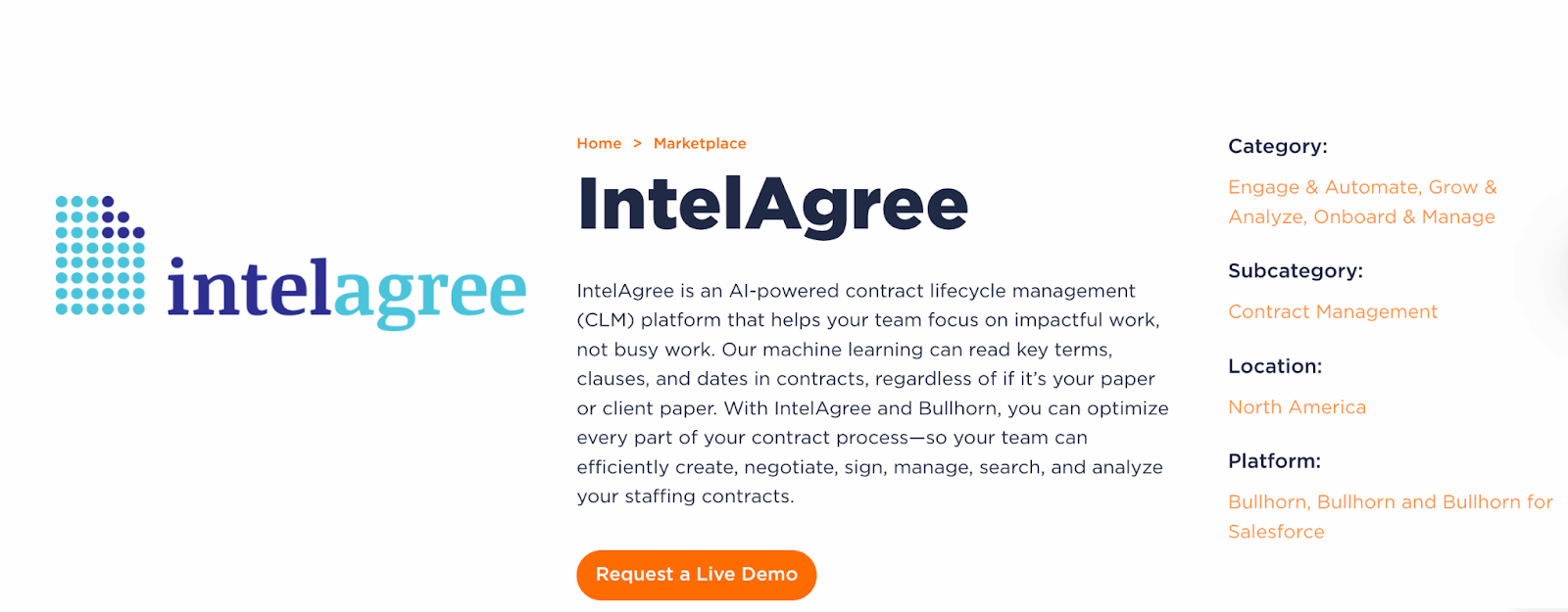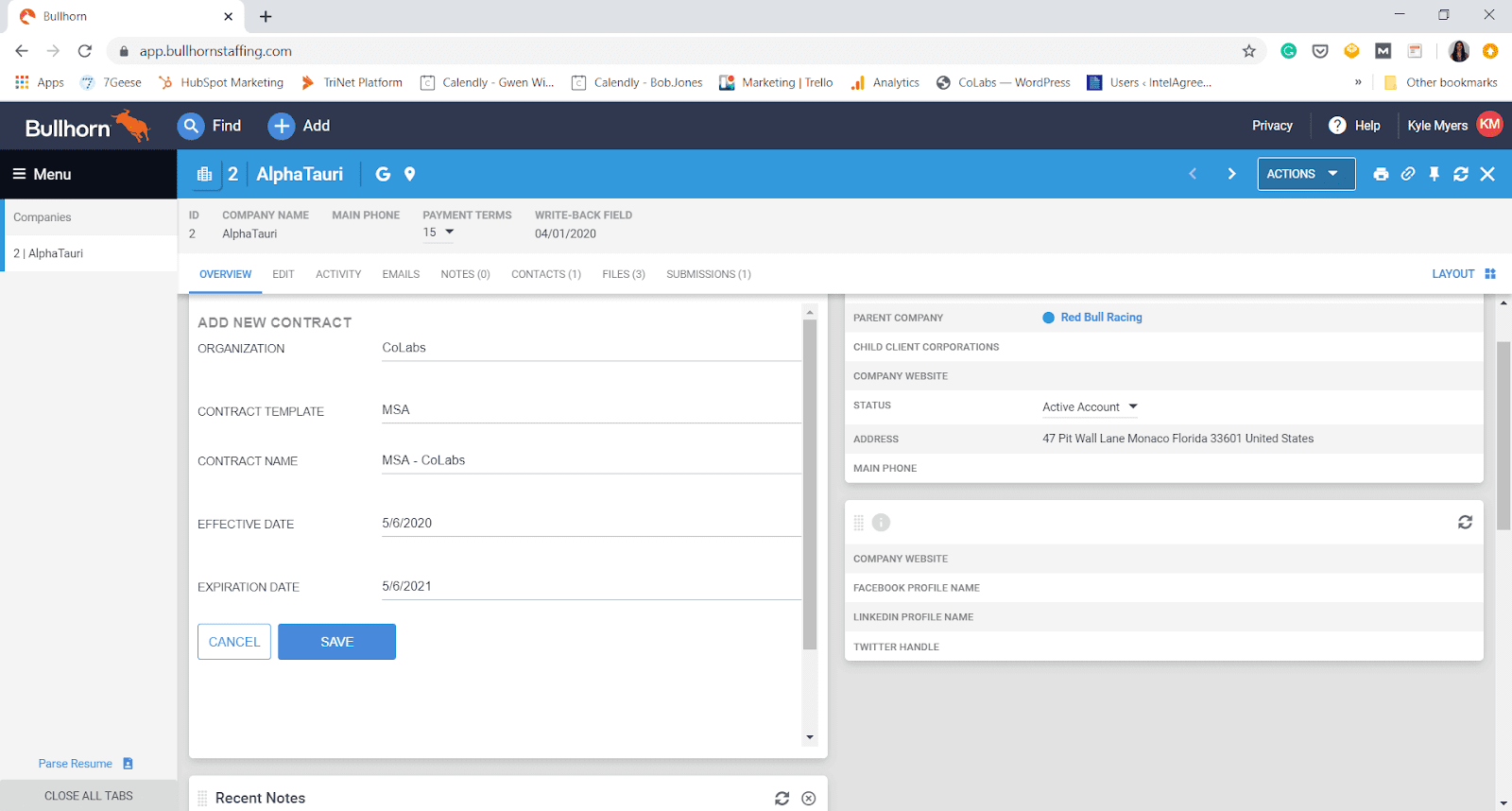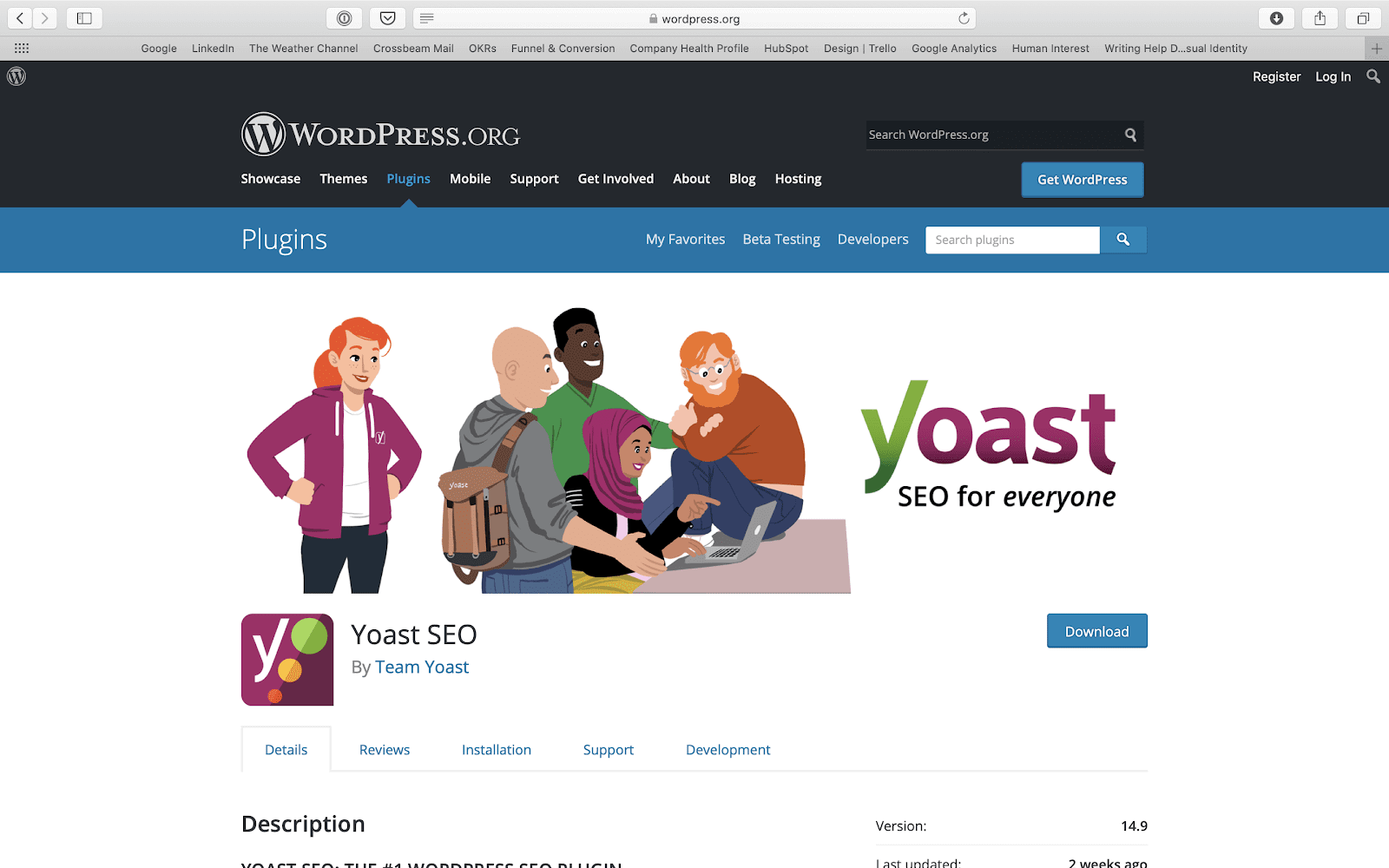Have you ever played Spotify’s music on an Amazon Alexa or used Grammarly to autocorrect your typos in Gmail? Did you tune into the 2022 Superbowl which featured this commercial from Quickbooks, and Mailchimp?
If you answered “yes” to either of the above, you are familiar with SaaS tech partnerships. Tech partners build integrations to exchange data between one another’s products, helping users automate processes and giving them a more valuable product experience.
Tech partnerships are a common, even fundamental part of the modern internet experience. Slack and Google Drive users are notified within Slack when a change is made to something within their Google Drive. Zoom users can review and sign sales documents without ever leaving their Zoom meeting using DocuSign. Business owners provide a quick, simple online checkout experience for their customers with Stripe.
In addition to making life easier for consumers, tech partnerships have a positive impact on the SaaS companies that create them, like how tech partnerships make up 50% of revenue for Gorgias, an e-commerce customer service helpdesk platform.Or the time when the tech partnerships team at Typeform integration discovered that customers using more than four integrations had a higher lifetime value (LTV). Or theseeight times partnerships impacted an exit event.Or — ok you get the point.
Strong tech partnerships don’t just happen, they’re built and cultivated with intention by experienced professionals. They require thoughtful decision-making, time, money, trust, and a customer-centric mindset.
We’re going to explore tech partnerships from top to bottom, define what they are, share examples of the companies that are nailing them, and give you the resources you need to get started building a killer tech partnership program.
Jump ahead
Defining tech partnerships
A technology partnership is when two or more companies integrate their products with one another. This can include sending data back and forth, creating new workflows, triggering events, enriching data, and creating go-to-market strategies. Integration partners, marketplaces, app stores, and plugins are all forms of technology partnerships.
Tech partnerships are also referred to as “integration” partnerships. When you are in a tech partnership, you are referred to as a tech partner or an independent software vendor (ISV).
As we shared in Crossbeam Explains: The Three Partnerships Types, tech partnerships are one of three key types of partnerships. They are not the same as strategic or channel partnerships. Unlike channel partnerships, which involve a “vendor” that makes the product and the “partner” that sells it, technology partnerships are bi-directional. And unlike strategic partnerships, tech partnerships require, well, tech support for the building and maintenance of integrations.
When an integration is built and ready for prime time, tech partners co-sell and co-market to one another’s leads, opportunities, and customers to drive revenue. Or, tech partners use a series of integrations to increase retention—after all, you’re less likely to cancel that SaaS product if it already works with all of your other tools.
See if you can spot the tech partnership out of these three examples:
Answer: Salesforce and DocuSign have a tech partnership.
APIs: The Unsung Heroes of Tech Partnerships
There are more than 24,000 APIs on the web underpinning the apps we use every day. These APIs act like messengers, helping software applications, systems, and devices talk to one another and share data.
APIs enable companies to build upon one another’s platforms and grow partnership ecosystems. In fact, your ability to build integrations (and therefore tech partnerships) is contingent upon your API documentation and availability.
Types of tech partnerships (plus examples)
Experience is the best teacher and whether you realize it or not, you most likely already have experience interfacing with tech partnerships IRL. From the integrations that support your favorite product experiences, to the marketplaces that help make those integrations possible, to the plug-ins and extensions that bring ease to your workflows, tech partnerships can be spotted in the wild if you know where to look.
Integrations
An integration supports data transfer between two or more products. Integrations can range from a simple data connection that happens “behind the scenes” to a more complex interface and workflow that you can access and manage via one of the partner products.
Some examples:
The Crossbeam/Hubspot integration gives users the ability to share HubSpot CRM data with their partners.
Co-marketing efforts are made faster with real-time partner data synced and saved as contact lists in HubSpot. Overlap data can also be pushed into the Crossbeam Overlaps Custom Object, triggering workflows, building reporting dashboards, and automating sales tasks.
Segment, a customer data management platform, captures data from all your customers’ cross-platform touch points (e.g. website, social media, ads, email) and then pushes that information to your preferred destination, like marketing automation or email tool.
The platform offers hundreds of integrations, one of which is withKissmetrics, a behavioral email and analytics platform.
The Segment-Kissmetrics integration pulls reports on cross-platform behavior for marketing analysis. It also sends targeted emails to customers, triggering automated reports in Kissmetrics, or helping users analyze or segment audiences based on certain behaviors (e.g. who viewed an item vs. who abandoned a cart) or characteristics (e.g. trial users vs. customers vs. churned customers).
For example, when you abandon an online cart, Segment will capture that data along with your other interactions, and then push that information to Kissmetrics. From there, Kissmetrics will fire off an automated email reminding you to complete your purchase before items run out of stock.
PandaDoc & Slack powered by Zapier
Zapier powers the integration between PandaDoc’s document automation software and Slack. The integration makes it easier for teams to collaborate on documents and keep processes moving smoothly.
PandaDoc users can send automatic updates and reminders to Slack channels and share updates via Slack’s direct messages to keep document workflows from stalling. Perfect for when you and your manager need to collaborate on a time-sensitive client proposal.
PandaDoc users can also trigger rule-based notifications on document statuses (e.g. sent, viewed, signed) so team members don’t need to leave Slack to find out where a document is in its lifecycle.
Marketplaces or app stores
A marketplace or app store is where vendors can sell software applications, add-ons, extensions, and consulting to buyers. Marketplaces are what bring the behind-the-scenes of tech partnerships to customers.
Partner Cloud is an integration marketplace created by Crossbeam.
Partnercloud has a search function with all available Crossbeam integrations, request early access to beta versions of integrations, and get a look at upcoming integrations.
The marketplace features the most popular Crossbeam integrations like the Salesforce Crossbeam integrations, which pushes partner data directly to Salesforce.
Salesforce AppExchange
Salesforce AppExchange is an enterprise cloud marketplace that offers more than 4,000 integrated solutions and services for Salesforce customers who want to extend their platform.
It is a mega marketplace, featuring 3,000+ apps and driving more than 10+ million installs.
The marketplace offers paid integrations like Snowflake, which helps Salesforce customers instantly pull relevant data points from their Snowflake data warehouse to enrich Salesforce data and reports.
You can also get free integrations like Opportunity Merge, which saves you the headache of manual data cleanup by automatically merging duplicate opportunities for accounts—keeping your Salesforce data cleaner and more accurate.
Bullhorn Marketplace
Bullhorn is a global provider of staffing software solutions, and its marketplace offers more than 100+ pre-integrated solutions for staffing firms.
Bullhorn’s integration with IntelAgree, an AI-based contract lifecycle management platform, offers a bi-directional data sync. This allows users to track and manage staffing contracts for companies and job placements directly from Bullhorn.
Users can see IntelAgree data like contract name, type, status, effective date, and expiration date in Bullhorn. When creating a new contract, users can automatically populate drafts with existing data (e.g. payment terms or fees) from Bullhorn—a major time saver for a salesperson who’s on the go
Plus, staffing teams don’t need to worry about inconsistencies between what’s in Bullhorn’s applicant tracking system and what’s in their executed contracts. Once contracts are fully executed, users can not only access the signed PDFs, but they can also see the final agreed-upon terms directly in Bullhorn.
Plugins, Add-ons, and Extensions
Plugins, extensions, and add-ons are basic data connections that enhance an existing piece of software. They are often single-function and support a specific workflow.
Crossbeam and Chrome
Crossbeam offers a Chrome extension that notifies of any overlaps and matching partners and populations on the site you are browsing.
WordPress offers 59,000+ free plugins with new ones added daily. By offering a directory of free and open-source plugins, WordPress helps its customers enhance their blogs, applications, and websites.
For example, Yoast SEO, the #1 WordPress SEO plugin, helps you keep on top of all the SEOs do’s and don’ts when publishing content.
It offers functionality like SEO analysis, readability analysis, and recommendations on how to improve content for search engines (i.e. optimizing keywords in page titles and meta descriptions).
How to build killer tech partnerships
Tech partnerships open new doors for attracting, converting, and delighting customers. Partners serve as a distribution channel and help companies reach new users without having to invest heavily in new product development. A winning tech partnership helps you:
- Increase product stickiness, making you harder to replace
- Bridge gaps in your product’s features
- Grow your customer base
- Break into new markets
- Improve customer retention
- Connect with more leads, opportunities, and customers through co-selling and co-marketing initiatives
Here are resources to help you ensure your tech partnerships are as strong as possible
Getting started
- Do your research (and make sure your team does too). If you are reading this, you are off to a great start in this department! Here are more curated resources to help you and your team hit the ground running in tech partnerships.
- Determine who will build your integration(s) at least four months before you hope to launch a tech partnership. Do you have the in-house capacity to build the integration yourself? Will you be primarily relying on your partner to handle the lift? Do you have the budget to outsource to an agency? These are all important questions to have answered before striking out to form a tech partnership.
- Use direct outreach to bring in desired new tech partners. Some companies like Box have forms on the company website for potential tech partners to show interest. Otherwise, a good ol’ fashion email will suffice. We suggest something like this:
Subject: My Company – Your Company tech integration?
Hi,
My research shows we share a number of the same customers, and we market to a similar audience. Our customers are frequently asking for an integration with Your Company’s Product.
Can we schedule a call to discuss a potential tech partnership?
- Make sure your potential tech partner shares overlapping customers and/or ideal customer profiles or target markets by account mapping with Crossbeam. Overlap is a chance for both of you to deliver more value to your customers by improving their workflows, and in turn, their product adoption and customer loyalty. The success of an integration depends on how well it solves your customers’ problems. If customers don’t use your integration and it doesn’t make their lives better, then all the hours and money you invested could be a total waste.
- Determine how you want your tech partnership program to bring in money by evaluating these eight monetization tactics. Do you want to charge partners a flat fee? Try out revenue sharing? Determine what works for you.
When tech partnerships go wrong
Embarking on a tech partnership isn’t for the faint of heart. It costs thousands of dollars and requires time from both partners’ internal teams. Here are some ways tech partnerships can turn sour.
- You build an integration before your product and market are ready for it. Embarking on a tech partnership prematurely may increase your risk for problems like product adoption issues, partnership misalignment, and dissatisfied customers. Sometimes partner managers will rush into an integration for the sake of hitting a KPI for “number of partnerships created”. The integration usually winds up underutilized, resulting in lost revenue opportunities and a product team who no longer trusts the partner manager.
- You build an integration on a hunch. A lack of data (or even worse, the wrong data), or a misunderstanding of your customers’ use cases can derail your integration. The last thing you want to do is build an integration that no one uses or it doesn’t produce an ROI. But with the right account mapping techniques, you can find data points—like overlapping customers and/or leads—to assess market viability.
- You run into tech partner conflict. Tech partner conflict happens when partners aren’t co-selling effectively or they’re hindering one another’s sales opportunities (and they don’t even know it). Without visibility into partners’ pipelines, you could run into uncomfortable scenarios where your respective sales reps are going after the same prospect or customer. This is a big no-no in the partnership world! It hurts your partner relationships and makes you look bad in front of customers.
- You lack teams and resources to support integrations. Partners need to lean on internal teams like design and development to not only build the integration but also support it. You need dedicated teams and resources to monitor usage data, diagnose and resolve integration issues, provide timely customer support, and more. Plus, the last thing you want to do is make empty promises to a potential partner and then back out because you don’t have the resources—that’s a fast way to lose credibility early on in a relationship.
Tracking your progress
If only there was a way to evaluate the maturity of your tech partnership program to see how your partner program stacks up against others in the B2B SaaS industry. As it turns out, we have a diagnostic for that.
Our Tech Ecosystem Maturity Diagnostic is designed to help you see the strengths and weaknesses of your tech partner program. Respondents are asked a series of 14 questions about specific parts of their program, and each answer is used to rank how mature that program is.
Then, you can check out these resources specifically curated to help you increase the maturity of your tech partner program.
- Learn how to level up your co-selling workflows and co-marketing workflows.
Check out these articles and more under the Tech Ecosystem Maturity tag on the Crossbeam blog.
–
Be notified when there’s a new tech partnerships article available by subscribing to our newsletter below:


